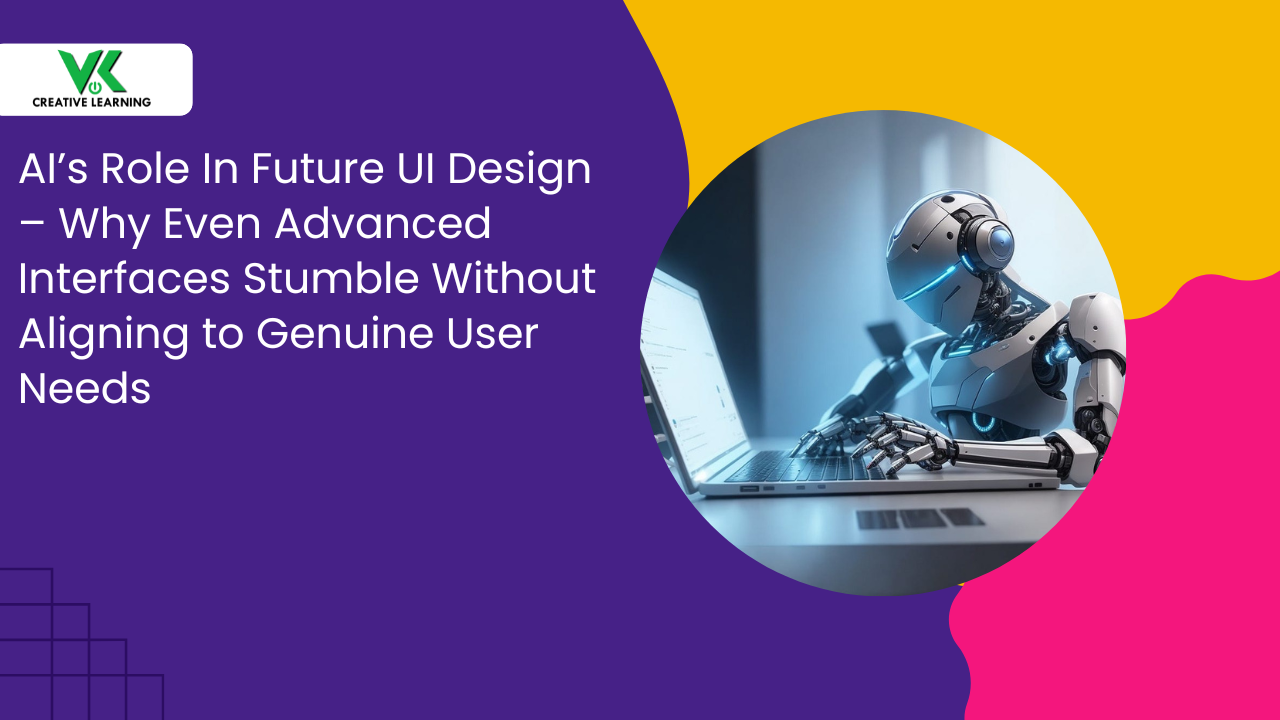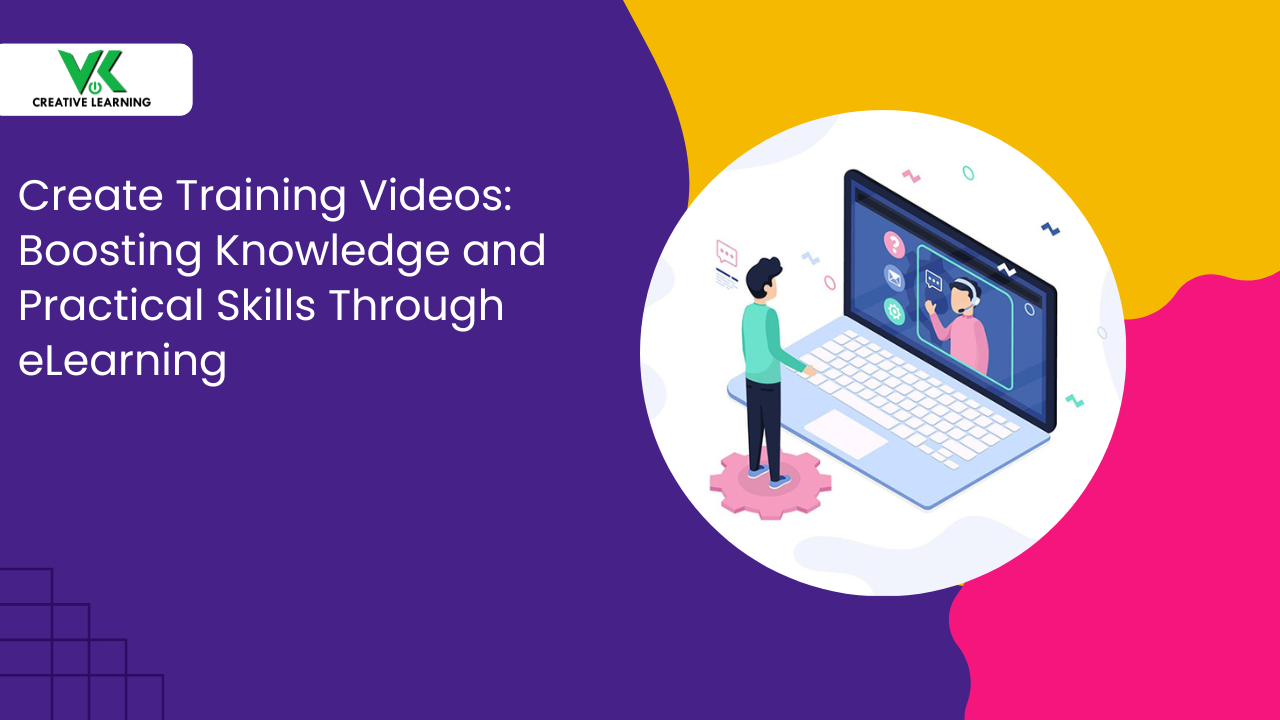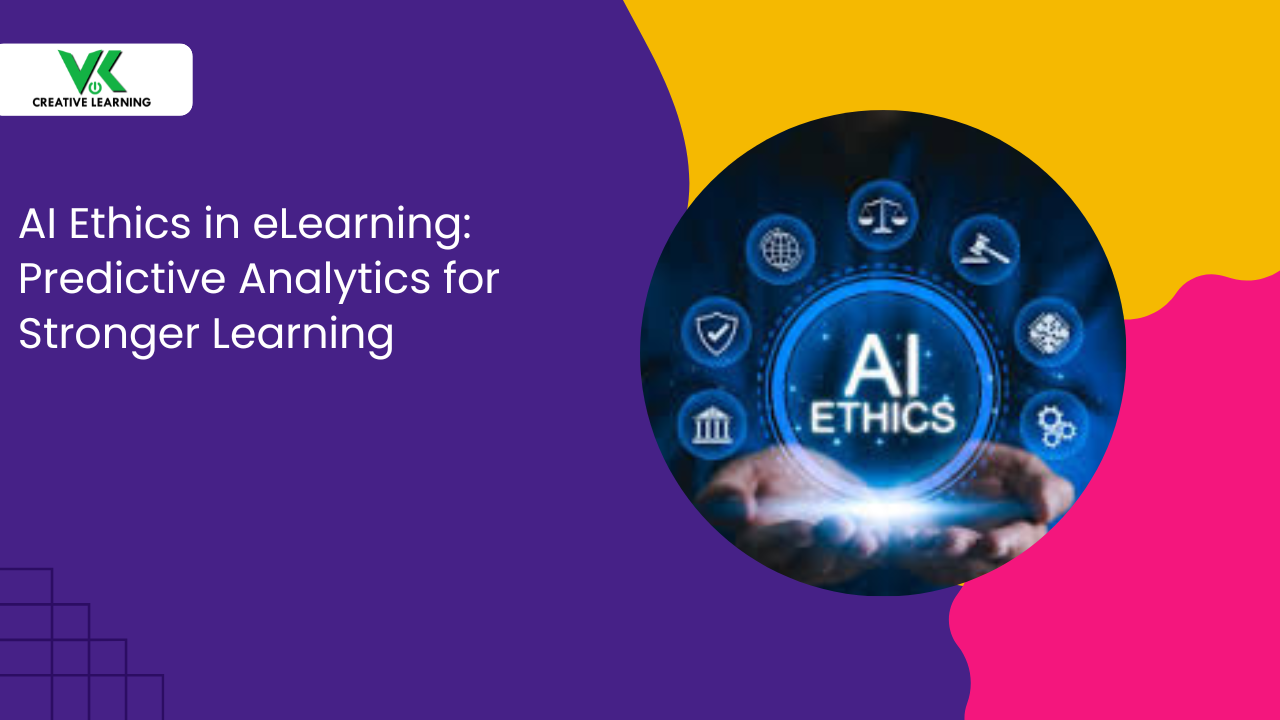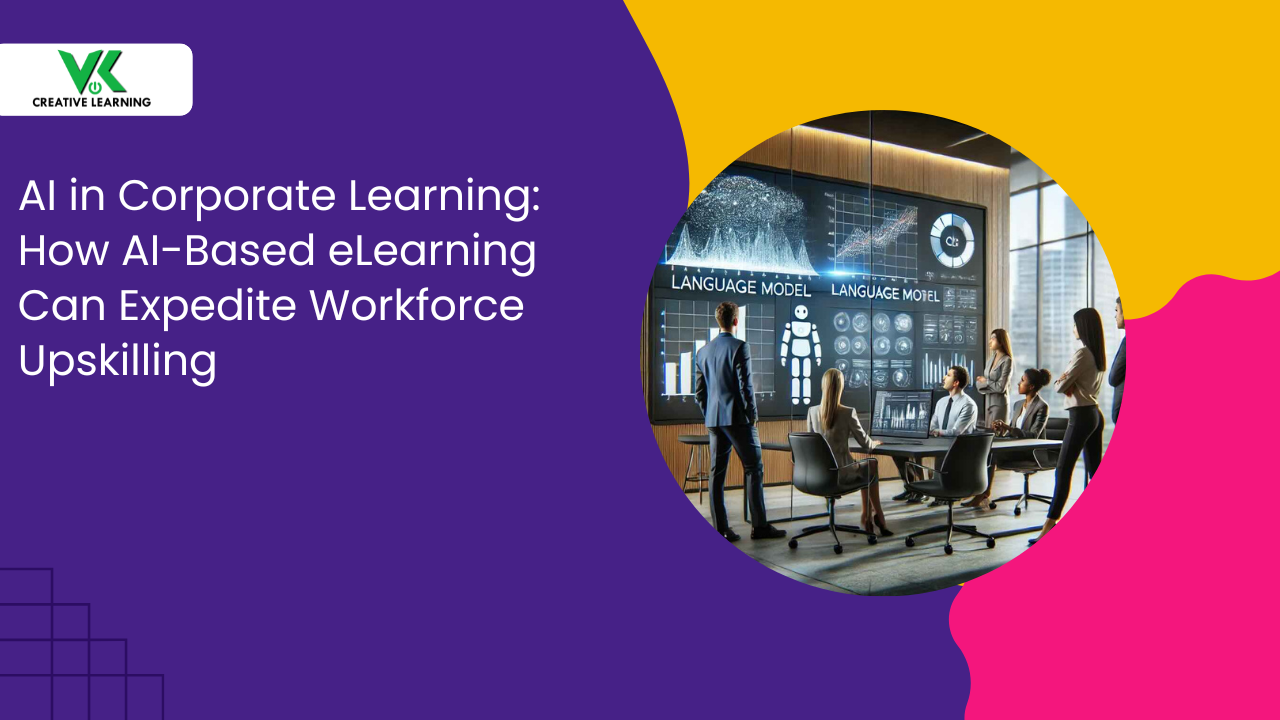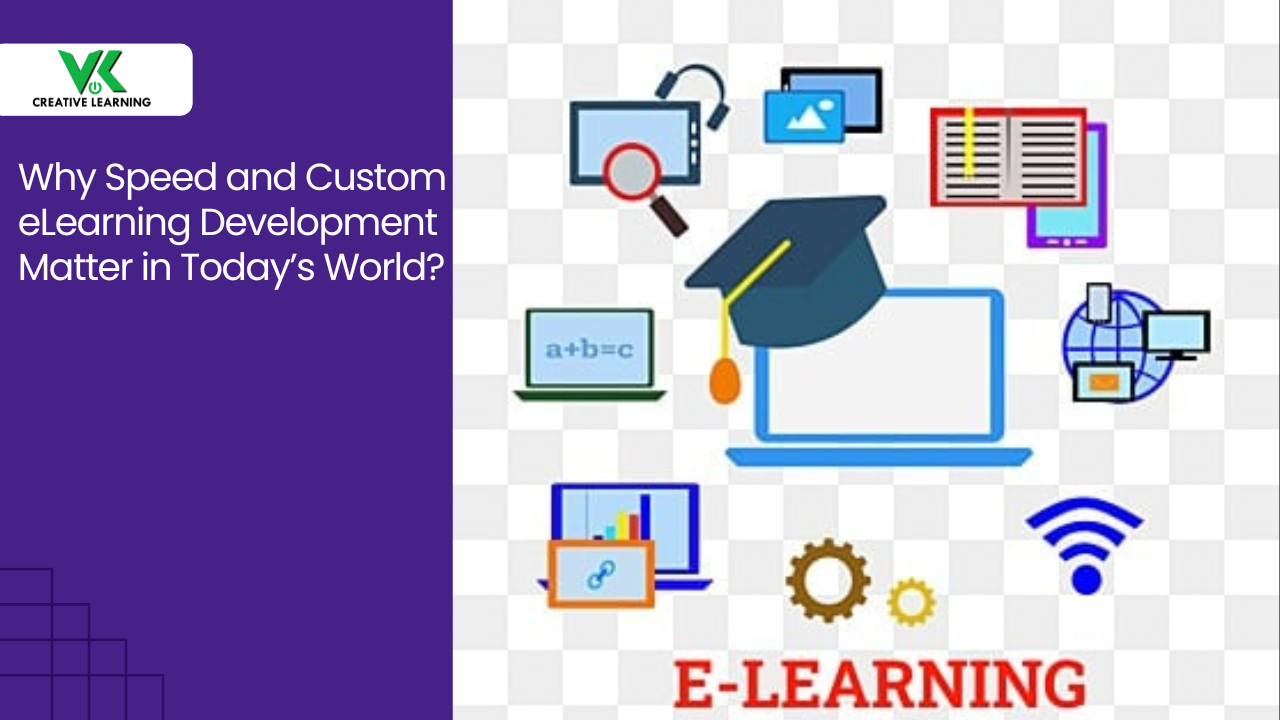From Blueprint to Breakthrough: Benefits of Customized Learning Solutions -- In-depth Analysis
March 29, 2025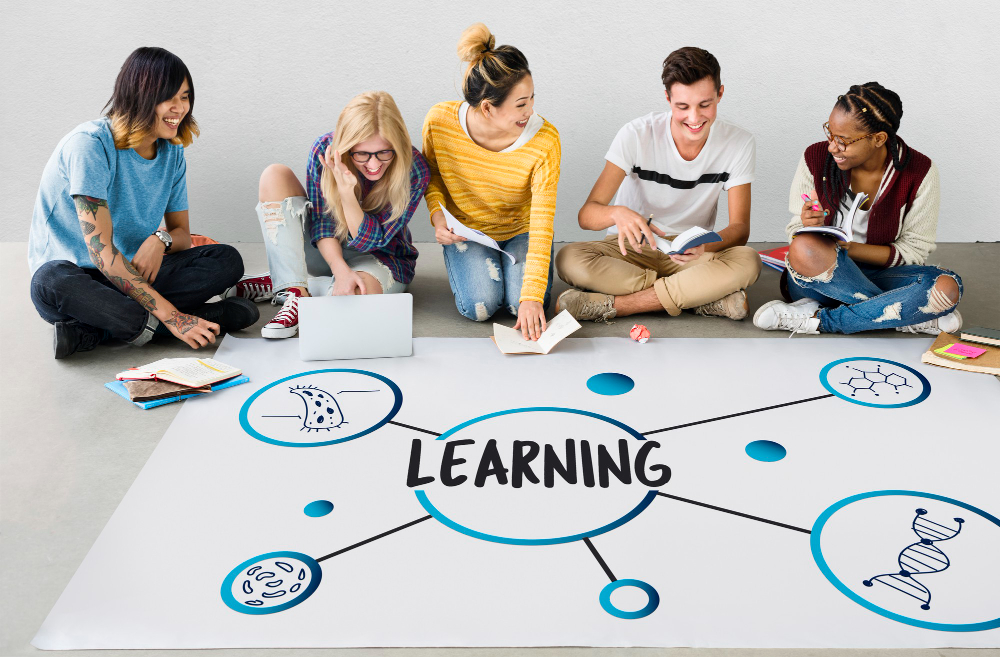
In most sectors, a serious problem exists for most organizations and educational establishments. Happens when if conventional training methods are followed. Reason: they fail to address the multiple learning needs of learners. They majorly fail owing to a lack of personalized learning paths for the knowledge-seekers. To name a few are: tutoring center adaptation, corporate training module, and school workshop revision.
Results: the learners may not feel engaged with the ongoing lectures. Standardized curricula also don't auger well when it comes to distinct learning styles. This happens due to: vocational workshop limitations, conference session mismatches, and seminar audience diversity.
Moreover, outdated online systems are viewed as the major reason as they aren't able to incorporate modern technological aids. Examples include: printed manuals, rigid presentation slides, and static group sessions.
Across industries, reduced retention and lower performance can also turn into outcomes. This may occur due to wide openings in learning strategies. This would affect the course training on leadership courses -- team skill development, or even technical boot camps.
Importantly, considering corporate settings, customized learning ideas absence severely hampers employee motivation as well as productivity level. Some best situations: ineffective role-plays, uninspired group drills, and monotonous classroom sessions.
Consequently, the reliance on with development of technical and soft skills takes a big hit. This leads to declined involvement levels of learners. This is especially seen in sessions related to manufacturing, safety, and the interaction of employees in customer service.
Added to the list are workshops on financial compliance. The presence of all these challenges screams for the involvement of novel approaches. The methods should be such that they empower each learner and inspire them to push beyond their current levels.
Such training or coaching styles and methodologies would entail custom learning systems with adaptive course modules. Also, the system should encompass interactive simulation tools and real-time performance feedback.
Besides these, certain ways of teaching may overlook the excellence required to be achieved in customer service training. These coaching techniques should be such that they adapt to employee needs. Some excellent instances include: call center role-plays, retail service drills, and hospitality interaction exercises.
Additionally, many organizations may experience a misalignment when taking into consideration instructional design and real-life application.
In other words, the training may lean on a one-size-fits-all approach. Some scenarios will be based on: mass seminars, uniform tutorials, and generic presentations.
Since this procedure lacks creativity and the will to understand learners' needs, individuals may experience frustration. Not to mention skill gaps may surface automatically, since modern technology is underutilized.
This can happen by the utilization of static video lectures, unchanging slide decks, and pre-recorded speeches.
Thus, the inclusion of customized learning solutions becomes a necessity for training. This is a highly vital need to address the existing learning gaps among knowledge seekers.
Some ideal cases of customized learning can be: dynamic module creation, adaptive skill pathways, and interactive scenario learning.
Finally, challenges are seen abound with the implementation of usual learning platforms. These systems are not that efficient in supporting that much-required innovative techniques.
The latest fad and impactful techs such as AR or VR personalized learning path training environments can be very useful.
All in all, it can be observed that if learners' distinct styles are ignored then immediate inefficiencies can be noticed. Also, without mentioning, lost opportunities can be noticed.
Neglecting distinct styles refers to misaligned training events, generic classroom setups, and uniform instructional designs.
Thus, there is an increasing consensus regarding the incorporation of custom learning solutions. By doing so, a future-ready workforce can be created.
The best way out is custom e-learning development programs. The individually tailored ideas can help to assess skills and involve modular training sessions. The presence of AR and VR in personalized learning paths can give rise to immersive simulation practices.
To avail the benefits of features that attention to the details of a personalized virtual platform provides, one can approach custom e-learning development services. These are nothing but firms that focus more on building instruction and learning systems. The platform are ideal for learners' knowledge-absorbing style.
Table Of Contents:
1. Implementing Customized Development to Overcome Learning Barriers Effectively
2. Strategic Benefits for Firms and Educators Using Custom Solutions:
- Fulfilling Learning Needs
- Integrating Advanced Technologies
- Virtual Reality in E-learning
- Centralization
- Animation and Localization
- Customer Training
3. Solving Educators' Dilemmas – Quick Look
Implementing Customized Development to Overcome Learning Barriers Effectively
Custom e-learning development offers a groundbreaking impact to suit every learner's needs. This helps to address multiple challenges by coming out with a personalized approach. This is a form of specialized system -- tailored learning path. Examples: adaptive digital modules, responsive training frameworks, and individualized curriculum maps.
This largely augments engagement levels using multiple tehniques. Owing to multiple adjustments, custom learning systems aid to bring changes in content in real time. That is, to ensure that each participant finds the content relevant, custom e-learning development helps.
These adjustments include: interactive course adjustments, skill-based pathway modifications, and real-time assessment feedback.
With innovative practices employed, organizations can mix in customer service excellence training modules too. These sessions are capable of mirroring actual workplace scenarios. Some best examples: role-play simulations in retail, dynamic feedback loops in hospitality, and call-center simulations (real-time based).
A blend of technology with out-of-the-box scientific methods, custom e-learning development takes tailored approaches to a new level. This, in fact, surpasses traditional methods -- monotonous and non-involving.
The inclusion of novel approaches entail: responsive app-based lessons, dynamic classroom simulations, and workshop redesigns (interactive).
Such custom learning systems are adaptive in all ways. They help to assess learners' progress; result: continuous feedback tracking. Features that further assist the same are: digital dashboard tracking, performance analytics tools, and iterative training cycles.
Moreover, engagement obstacles can be circumvented -- courtesy of modular content. These modules are designed to adjust to evolving needs. Some examples: agile curriculum updates, flexible training timelines, and scenario-based learning enhancements.
Real-life examples include dynamic platform implementations to improve employee understanding. The feature incorporates content localization services too -- best from a global relevance perspective. That is: region-specific language adaptation, market-tailored content revisions, and culturally sensitive training materials.
Thus, in many ways, initiatives for customized learning lead to quantifiable growth; including productivity constructive upgrades.
Strategic Benefits for Firms and Educators Using Custom Solutions:
By opting for custom e-learning solutions both firms and educational institutes tend to reap huge benefits. This is because customized learning systems provide content based on learning patterns. This helps learners massively as their skills sharpen and they gain knowledge.
Some best examples of customized learning: individualized study tracks and bespoke instructional guides).
Given below are some detailed explanations of various benefits – let’s have a look at them one by one.
Fulfilling Learning Needs: Customized e-learning implementation caters to the diverse learners’ distinct comprehension needs. Thus, by opting for custom learning systems, learning can turn easy. This is supported by interactive and immersive experiences. Real-time examples: scenario-driven case studies, role-playing simulations, and live feedback sessions.
Integrating Advanced Technologies:
1. AR (Augmented Reality) e-learning platform -- emerging and gaining popularity -- can provide a completely immersive learning environment. All learners have to do this point at some objects with a handheld device. The devices can be mobile or a gadget with an in-built e-learning platform. Based on the objects that they point to, all details regarding them will be displayed.
Isn't this the best way to gain an understanding about any objects around them?
2. Virtual Reality in E-learning: This custom e-learning development can provide scenarios similar to real life in a virtual environment. This technology uses 3D overlays with interactive capabilities and knowledge about most things in the virtual world.
Thus both AR and VR e-learning can be useful in various cases when it comes to industrial training. Thus, both will find usefulness in virtual manufacturing walkthroughs, immersive safety drills, and simulated operational procedures
Centralization: When it comes to content centralization, LMS e-learning is the best option to go with. This is because it can be used for automating content distribution and tracking students' progress.
Also, other benefits include: centralized resource hubs, automated evaluation systems, and digital content repositories.
Animation and Localization: 3D explainer videos can help learners with visualizations of complex concepts. This is achieved by: animated technical demonstrations, 3D product breakdowns, and interactive model explorations.
Result: The methodologies improve comprehension and at the same time, they ensure a great level of accessibility. So, global teams get access to content – courtesy of content localization services.
Elaborately put, e-learning encompasses: region-specific course adaptations, language-targeted revisions, and market-relevant updates.
Additionally, video localization comes into the picture with: subtitled instructional videos and dubbed technical guides. Besides, the e-learning customization offers culturally attuned visual content.
Each of these technical integration are tuned for diverse audiences. Precisely, audiences include school learners to corporate teams – with the purpose of engaging them in gaining knowledge. Moreover, this helps them in a big way to further bring efficiency in their work -- turn expert in their fields.
Customer Training: When e-learning turns customized, it becomes easy to deliver customer service excellence. This can be accomplished by incorporation of scenario-based customer and client interaction modules.
Some best instances: customer interaction role-plays, service recovery drills, and empathy-building exercises.
Solving Educators' Dilemmas – Quick Look
Educators too can make use of AR and VR technologies in multiple ways – making children's and teachers' lives easy.
In such cases, e-learning custom learning can be used for making new content. All teaching ideas can be incorporated into 3D animations and simulations. This way students feel glued to the course explanation – thanks to customized learning solutions.
Conclusion
E-learning development service companies are involved in the creation of personalized e-learning paths. VK Creative Learning (VKCL) is an e-learning company that provides custom e-learning development services.
They can create custom e-learning systems that can help to make learners optimum use of learning resources. Additionally, they can enhance overall performance through multiple features. These aspects are: real-time skill tracking, interactive feedback loops, and performance benchmarking tools.
